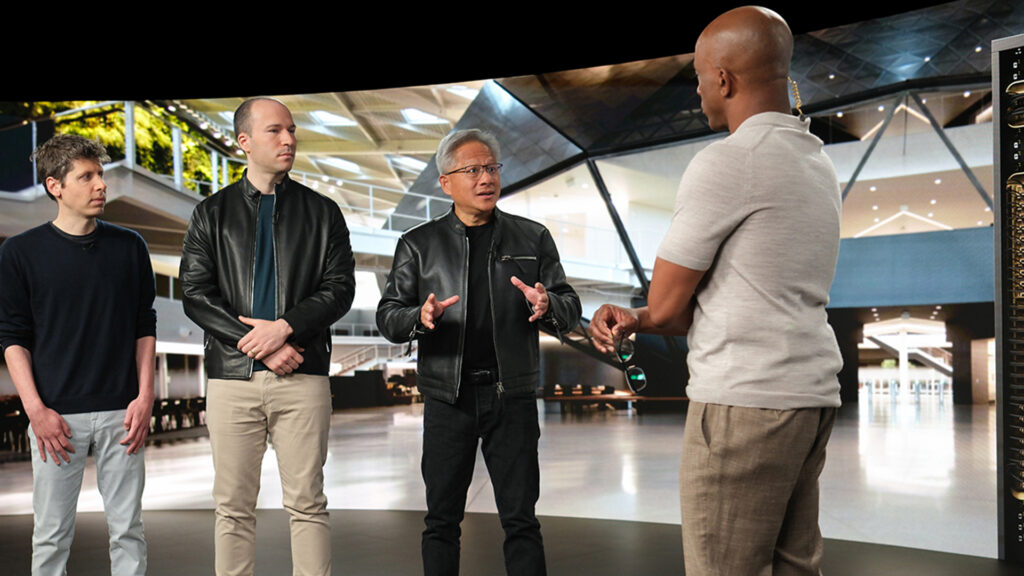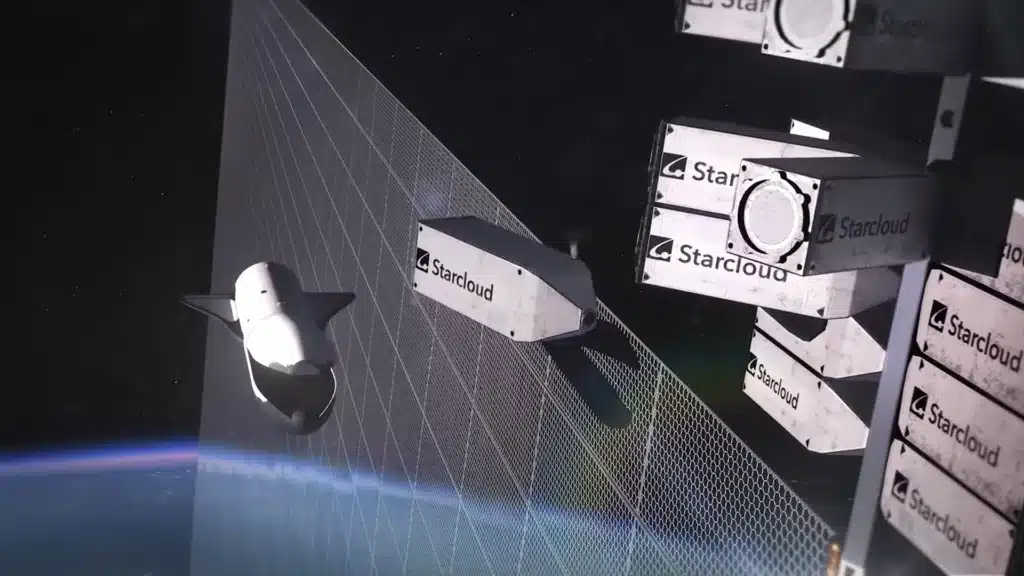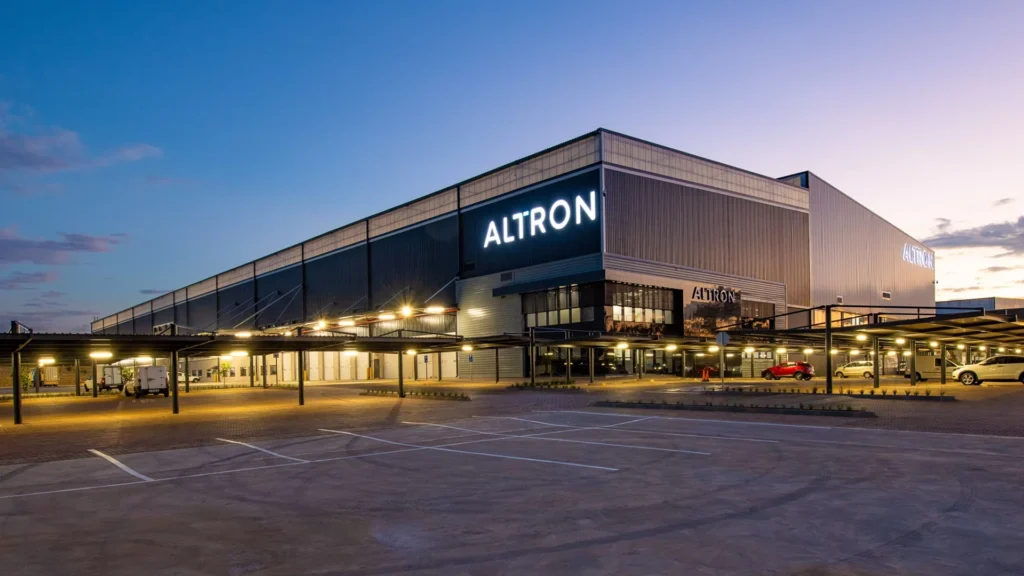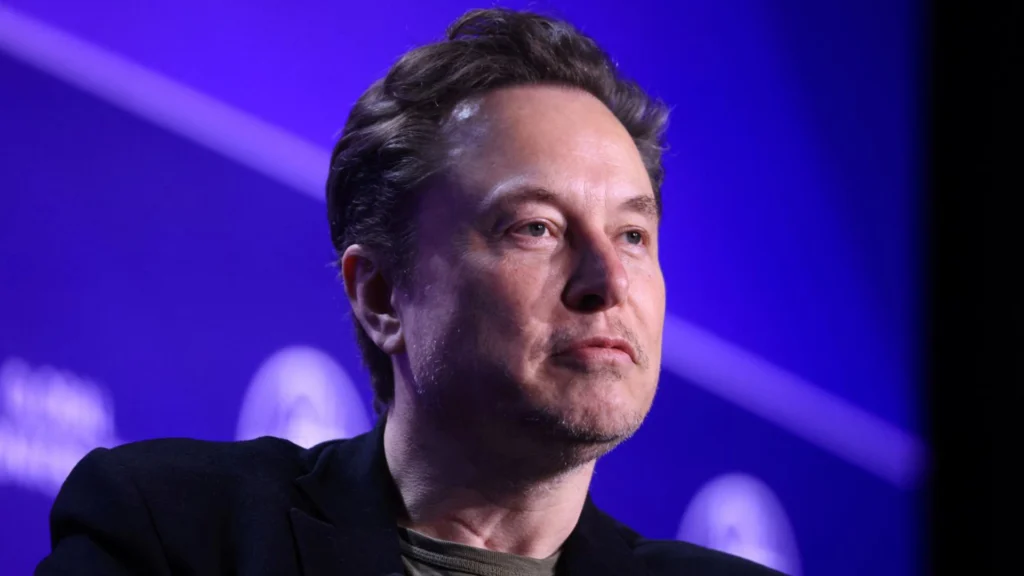In a groundbreaking announcement from NVIDIA headquarters in Santa Clara, industry titans NVIDIA and OpenAI have unveiled a colossal partnership.
This collaboration, featuring a staggering $100 billion investment from NVIDIA into OpenAI, is set to propel the AI industrial revolution by building out an unprecedented 10 gigawatts of computing capacity over the coming years.
This alliance marks the largest AI infrastructure project in history, reflecting the insatiable demand for advanced AI capabilities driven by products like OpenAI’s ChatGPT.
Highlights
- $100 Billion Investment: NVIDIA commits a historic $100 billion investment in OpenAI, signaling deep strategic alignment.
- 10 Gigawatts of AI Infrastructure: The partnership aims to build 10 gigawatts of AI computing capacity, an undertaking described as the largest computing project ever.
- Exponential Demand: The investment directly addresses the “through-the-roof” computing demand, fueled by ChatGPT’s rapid adoption and the expanding frontier of AI.
- Additive Capacity: This new capacity is incremental to existing agreements with hyperscalers like Microsoft Azure, Oracle OCI, and CoreWeave, underscoring the vast and growing need for AI compute.
- Strategic Ecosystem Play: NVIDIA views this as a critical component of its ecosystem strategy, fusing its accelerated computing architecture with broader industry needs.
- US Tech Stack Leadership: NVIDIA CEO Jensen Huang emphasized the importance of building the global AI infrastructure on the American tech stack—chips, infrastructure, models, and applications.
- AI Beyond ChatGPT: OpenAI leadership highlighted the growing gap between public perception of AI (mostly ChatGPT-level) and the actual frontier of AI, capable of novel discoveries and solving complex problems like curing cancer.
The Dawn of the AI Industrial Revolution
The partnership’s cornerstone is the commitment to construct 10 gigawatts of AI infrastructure, a monumental engineering feat.
Jensen Huang, CEO of NVIDIA, articulated the driving force behind this colossal undertaking: the exponential surge in computing demand for OpenAI’s services. “ChatGPT is the single most revolutionary AI project in history,” Huang stated, underscoring its widespread adoption across industries and individuals.
This collaboration isn’t merely about scaling up; it’s about transitioning AI from laboratory experimentation to a full-fledged industrial revolution, enabling advanced AI to permeate every facet of the global economy.

Addressing the Compute Scarcity
Sam Altman, CEO of OpenAI, and Greg Brockman, President of OpenAI, echoed Huang’s sentiments, emphasizing that building this infrastructure is “critical to everything we want to do.”
Without it, they cannot deliver desired services, nor can they continue to advance their models. Altman pointed out the severe compute constraints currently limiting the industry, stating, “There’s so much more demand than what we can do.”
He presented a stark choice: dedicate limited compute to problems like curing cancer or providing free education.
The resolution, he affirmed, is simply “much more capacity.” Brockman further contextualized the scale, noting that the new deal represents a billion times more computational power than the initial server NVIDIA hand-delivered to OpenAI in 2016.
NVIDIA’s Ecosystem Strategy and Global Vision
For NVIDIA, this investment is a strategic extension of its commitment to accelerated computing. Huang explained its alignment with previous partnerships, such as the one with Intel, which aims to fuse Intel’s architecture with NVIDIA’s for accelerated computing and AI.

He envisions a future where “every single word, every single interaction, every single image, video that we experience… will somehow have been reasoned through or referenced by or generated by AI.”
This partnership with OpenAI is a crucial step toward creating an ubiquitous AI infrastructure that powers all computing experiences.
Huang also outlined a geopolitical vision, advocating for the world to be built on the “American tech stack”, encompassing chips, infrastructure, models, and applications. This stance highlights a strategic imperative for the U.S. to lead in AI development and deployment globally, suggesting future AI infrastructure build-outs will extend beyond the United States to Europe, Southeast Asia, and other regions.
Navigating Governance and Diverse Partnerships
When questioned about the governance implications of major investments from NVIDIA and Microsoft (both tech behemoths), Sam Altman clarified that these companies are “passive investors.”
He reiterated that OpenAI’s nonprofit entity and board retain control, while acknowledging both NVIDIA and Microsoft as “critical partners” who are deeply aligned with OpenAI’s success.
Greg Brockman elaborated on the broader infrastructure ecosystem, confirming partnerships with Oracle (specifically Oracle Cloud Infrastructure) and SoftBank’s Stargate initiative.
He underscored that the 10-gigawatt project is additive to all existing contracted capacities, including those through Azure, OCI, and CoreWeave. This emphasis on additive capacity powerfully illustrates the unprecedented and ever-growing demand for AI compute worldwide.

Beyond ChatGPT: The Frontier of AI
Altman emphasized a critical “mismatch” between public perception and the cutting edge of AI capabilities. While many still associate AI primarily with ChatGPT’s functionalities, he asserts that AI “is now outperforming humans at the most difficult intellectual competitions we have.”
Referencing early signs of novel scientific discoveries from models like GPT-5, Altman highlights that the “frontier of AI, the maximum intellectual capability, is going up and up,” enabling an ever-growing number of use cases.
The recent “DeepSeek moment,” where the market briefly reacted negatively to news of falling AI compute costs, ultimately proved that the demand for frontier AI remains incredibly high, with the “cost per unit of intelligence” continually decreasing, making AI more accessible.

The Future: Persistent AI and Unprecedented Scale
Looking ahead, Jensen Huang sees “persistent AI connected to every device” as the next major catalyst. This vision includes AI embedded in cars, smart glasses, phones, and various forms of robots.
He stressed that this future “is just beginning” and requires the “gigantic infrastructure” that partnerships like this aim to build.
Altman reinforced the scale, noting that the 10 gigawatts, representing millions of GPUs, is still “three orders of magnitude off of where we need to be” if every person were to have their own dedicated GPU.
The future, according to these industry leaders, is one where compute is the economy’s power, operating in a world of persistent compute scarcity despite massive investments.
The sheer magnitude of this endeavor, aiming to bring unprecedented “brainpower” to the world, promises “remarkable” outcomes that, as Altman suggests, we may not yet fully comprehend.
Industry Insights
This landmark deal is more than just a capital investment; it’s a defining move in the global AI arms race. Securing vast computational power has become the single most critical factor for leadership in the AI space, making access to GPUs the modern equivalent of an oil rush.
This partnership effectively places NVIDIA not just as a supplier but as a foundational pillar in the development of next-generation AI, solidifying its dominance over competitors like AMD and custom silicon projects from other tech giants.
The scale of this build-out (10 gigawatts) also brings the immense energy requirements of AI into sharp focus. Such a massive undertaking will necessitate equally innovative solutions in power generation and data center efficiency to be sustainable.
It signals a future where AI infrastructure planning is intrinsically linked with energy infrastructure, likely accelerating investments in renewable energy sources to power these digital brains.
Furthermore, the decision for this capacity to be “additive” to OpenAI’s existing commitments with hyperscalers like Microsoft and Oracle is a strategic masterstroke. It diversifies OpenAI’s infrastructure dependency, mitigating risks and providing immense leverage.
For the broader market, it validates the long-term economic trajectory of AI, suggesting that the current demand is only the tip of the iceberg and signaling a massive wave of investment that will ripple through the entire tech supply chain, from semiconductor fabrication to data center real estate.



